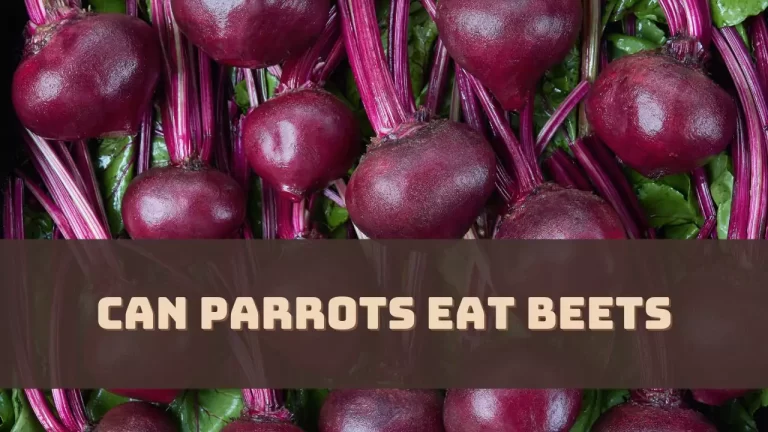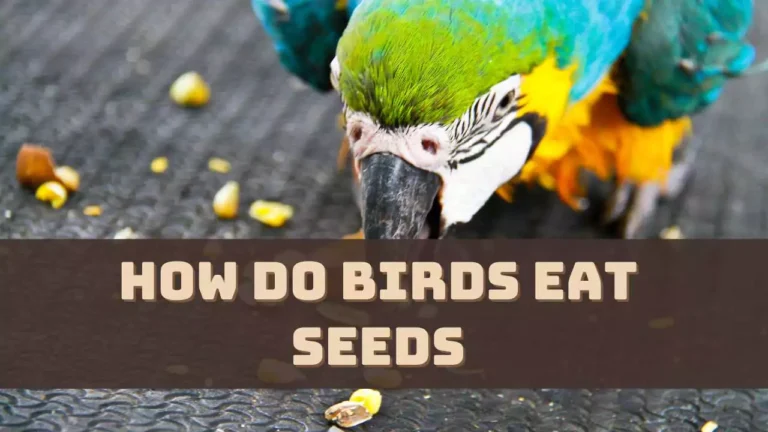Birds have different types of beaks which reflect their diet and water consumption habits. There is also a difference noticed in the frequency of water consumption among different bird species.
So, let’s explore the diversity of birds and understand how they uniquely quench their thirst.
What is the Anatomy of a Bird’s Mouth?
A bird’s mouth is also known as beak or bill, which is essential for their survival as they eat and drink using this anatomical part. The bird’s mouth consists of bones, blood vessels, and different types of tissues which together all consist of the beak, called the external organ of the birth mouth which is different for different species of birds. Birds have nostrils at the end of the beak and the size and shape of the beak are indicative of their diet and drinking habits.
What are the Different Types of Beak?
Birds have evolved into eating different types of food and so they have different types of beaks. The shape and sizes of these beaks help to determine how they drink water.
Here are the common types of beaks that can be seen in birds:
Conical Beak
These are short-beak, coned-shaped, which are seen among the seeds and nectar-eating birds. For example, cardinals and purple finches are seen drinking water from backyard sources or bird baths.
Hooked Beak
Birds having hooked breaks are known to eat meat and they are designed for tearing. These beaks are quite powerful and sharp, and to hydrate themselves they eat food that has water content. They are rarely seen drinking water and the list includes birds like vultures, owls, and hawks
Probing Beak
Probing beaks are seen among birds who sip nectars and are long and thin, such as seen among hummingbirds and finches. These birds need to rely on nectar to keep them hydrated and are usually not seen drinking water
Strainer Beak
These are flat, wide beaks and a strainer to filter food particles from water. Most waterfowl or water birds, such as doves, and swans have this kind of beak. They use the beak to filter food as well as drink water and they are avid water drinkers.
What is the Position of the Bird While They are Drinking Water?
Here is a few specific positions that birds are seen to use for drinking water such as:
Tip Up
This is the most common position seen among small birds, such as robins, where they use the tipper position to accumulate water in their bills. Then, these birds tilt their head upward and slowly the water flows down the throat due to gravity.
Tip Down
This is also a method of drinking water seen among doves and pigeons, where they suck water into their stomach without the necessity of tilting their heads upward. They do not need the help of gravity for drinking water.
Tongue Expert
Some birds have probing beaks and they use it to access nectars they use their tongues to lap up the nectar from the flower which keeps them hydrated.
Submerging and Tilting
The birds that have bigger beaks, such as water ducks, immerse their beak into the water and then tilt them upward to allow the water to flow into their mouth. This technique is also known as the bulkier version of the tip-up position.
Submerge Upside Down
A unique drinking position is seen among flamingos where they submerge their head upside down in water and allow the beak to suck water, while their head touches the surface of the water.
What is the Frequency of Birds Drinking Water?
Based on the species and the diet they follow birds have different frequencies of drinking water here are a few examples of different variants:
Hummingbird
They rely heavily on nectar, and so they are not found drinking. They need nectar in a significant amount of water, which would be equivalent to half of their body weight to keep themselves hydrated.
Owl
Owls are seen to get the moisture from the food that they digest, so they do not need to drink water frequently. They are occasional drinkers. Owls while they are bathing, tend to sip some water which is required to keep the feathers clean.
Parrots
To keep themselves dehydrated, parrots need to drink water several times a day. Interestingly, they can survive longer without food but they cannot survive without water.
Pigeons
Pigeons drink water to keep up their metabolism and they require 1/4 cup of water daily to stay hydrated.
What Factors Affect the Drinking Habits of Birds?
There are myriad factors that affect the drinking habits of birds, such as –
- Time of the day
- Environmental conditions
- Physiological needs
- Location and available water sources
- Changes in diet and activity level
- When the temperature is cool and the humidity higher, birds tend to drink more water
How to Provide Water to Birds?
If you are an avian lover, then you can set up a water bath, from where birds can drink or access clean water. You can also keep a shallow bowl which is filled with fresh water and place it at a higher location so that the birds can identify it, and also stay protected from potential threats. Remember, you need to change the water daily, and in winter you need to cover the water, so that it does not freeze, but the water should be kept visible enough, making it easier for the birds to find.
Can Birds Drink Water While Flying?
It is easier for birds to drink water while they are standing still, but some birds have the ability to drink water even when they are flying. They tend to glide and swallow water to stay hydrated.




